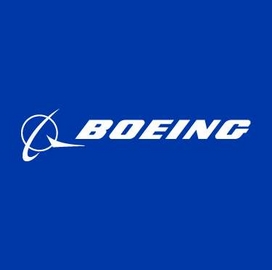 Boeing’s tracking and data relay satellite has transmitted its first signals from space after its launch on Jan. 23.
Boeing’s tracking and data relay satellite has transmitted its first signals from space after its launch on Jan. 23.
The TDRS-L is the fifth satellite that Boeing built for various NASA operations involving the International Space Station, researches on the Earth’s climate and deep space study using the Hubble Telescope, Boeing said Thursday.
Craig Cooning, vice president and general manager of Boeing space and intelligence systems, said the satellite is intended to help NASA meet requirements for communications and bandwidth.
A United Launch Alliance Atlas V vehicle carried the satellite from the Cape Canaveral Air Force Station in Florida and controllers at the Boeing Mission Control Center received initial contact from the satellite about an hour after launch.
TDRS-L will be subjected to nearly three months of tests and calibration after it reaches final orbit.




